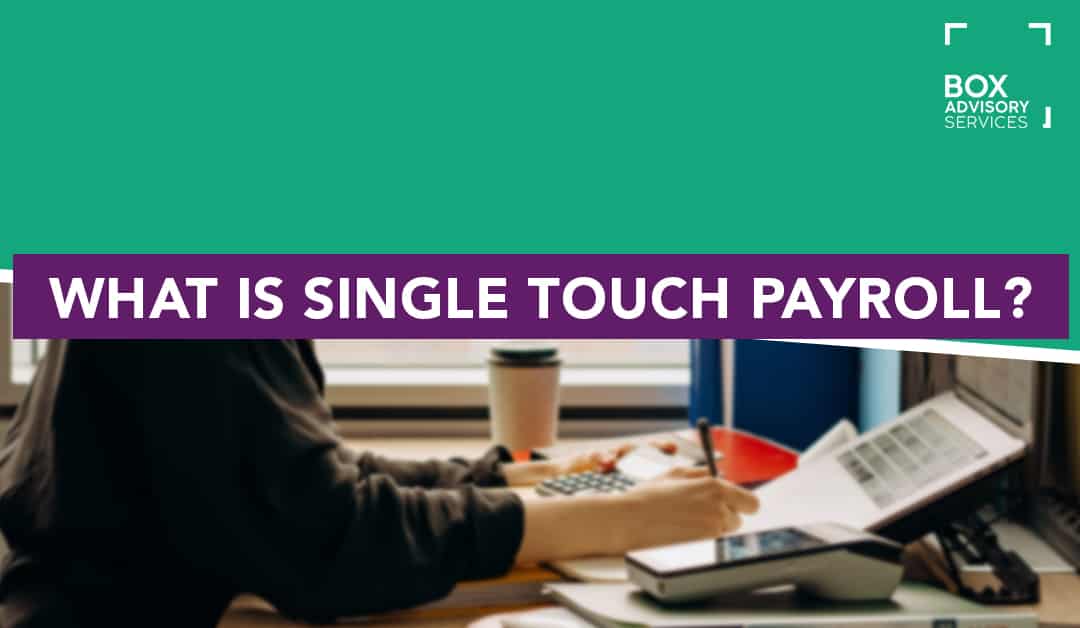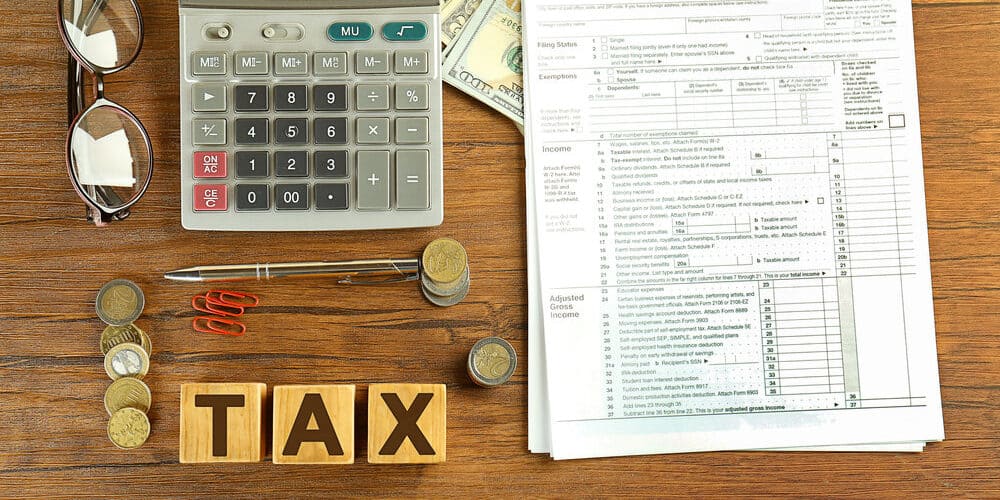
BY
|
What is Single Touch Payroll?
Single Touch Payroll (STP) is a new and mandatory way of reporting your employees’ income and tax information to the Australian Taxation Office (ATO). It was introduced on 1 July 2018 and replaced the need to manually submit PAYG summaries and other payroll information each financial year.
When introducing the Single Touch Payroll reporting regime, the goal was to streamline the reporting and compliance. Unfortunately, while the process has reduced the number of separate reporting processes, it brought about new ones which required existing businesses to either upgrade or replace their payroll system to meet their new obligations.
So, if you are an Australian business owner, it’s important to understand what STP is and how it will affect you.
In this article, we will explain all you need to know about Single Touch Payroll, including what it is, who needs to use it, and how it affects businesses both big and small.

How Does Single Touch Payroll Work?
Before the Single Touch Payroll reporting regime was introduced, employers had to organise and finalise their payroll records at the end of each financial year and provide the ATO with the following information:
- an overview of how much your business has paid in salaries and wages throughout the year,
- a summary of the PAYG withheld,
- details of the superannuation contributions the business made on behalf of its employees, and
- a group certificate or payment summary for each individual employee, which includes their total salary or wages, the payroll taxes collected from their salary or wage and the number of superannuation contributions made on their behalf.
Now, since the introduction of STP, businesses no longer need to prepare and send the ATO an annual summary. Instead, the ATO is updated each pay period and notified once the last pay run has been completed for the financial year.
To comply with the ATO’s Single Touch Payroll reporting obligations, your business needs to have STP software, which will automatically send a report to the ATO detailing:
- Superannuation information
- PAYG withholding
- Salary and wage information
And because the reporting occurs digitally in real-time (i.e. it happens each pay run), employees can simply access their payment summaries via the myGov website.
Who Needs To Comply with STP Reporting?
When Single Touch Payroll first came into effect on 1 July 2018, it was only mandatory for employers with 20 or more employees to report payments. However, by 1 July 2019, STP became mandatory for all employers, with a few reporting exceptions for closely held employees or non-business employers.
Closely held employees are those that are directly related to the entity, such as family members of a family-owned business, directors or shareholders and trustees or beneficiaries of a trust. However, from 1 July 2021, employers with closely held employees had to start STP reporting as well.
What About Micro Employers?
Micro employers are those with between one and four employees. Despite being a small business, the same STP reporting obligations apply. While you may not have STP-enabled payroll software, there are alternative methods of complying with your Single Touch Payroll obligations.
For example, some payroll services offer low-cost (or even no-cost) STP solutions for small business entities.
What Is Single Touch Payroll Phase Two?
Now that all employers would have had to make the transition to STP reporting, the ATO plans on rolling out Single Touch Phase Two from 1 January 2022.
Phase one focused on streamlining reporting obligations related to salaries or wages, super and PAYG. With STP phase two, however, the program aims to capture more information and report it to multiple government agencies (not just the ATO) such as:
- Tax file number declarations: employers will no longer need to send TFN declarations because information such as employment type and other tax factors that influence PAYG withholding will be included in the STP report via an automated six-character tax treatment code for each employee.
- Employment type: it is now mandatory to report on an employee’s employment basis (i.e. are they full-time, part-time or casual employees?).
- Termination reason: the STP report will now explain why an employee left a business.
- Income stream collection: payment information will need to be broken down into more detail, including the payment type (i.e. salary or wages), allowances, bonuses and commissions, overtime, directors fees, salary sacrifice and paid leave. The report must also include a country code for employees who report tax outside of Australia.
STP-Enabled Payroll Software
If you are currently using STP-enabled software such as Xero, MYOB, Quickbooks and the likes, they will keep you updated throughout the transition so that you are prepared for phase two’s reporting obligations.

How Can Box Advisory Services Help?
Many small business owners face the difficult task of navigating a treacherous minefield of employer obligations while maintaining a consistent and reliable payroll function.
Our team of experienced payroll experts can help manage all of your outsourced small business payroll functions and obligations, including Single Touch Payroll.
And if your small business is not currently using cloud accounting software like Xero, then this is one of the top recommendations we give to our small business clients when we assess their business. Our team of small business accountants can help set up and complete comprehensive training in various payroll solutions and different cloud accounting software options.
Key Takeaways
Single Touch Payroll is the new payroll system that the ATO introduced in July 2018. The idea behind the system is to simplify and streamline business reporting obligations and the payroll administrative process by eliminating manual payroll data entry of employees’ pay information with one centralised source.
This article has given you an overview of what this means for Australian business owners and how it works, but more importantly, what the next transition to phase two of the STP reporting regime means for business owners and how they report payroll information.
If you have any questions or need more clarification on your reporting obligations, please don’t hesitate to contact the Box Advisory team.
Disclaimer:
Please note that every effort has been made to ensure that the information provided in this guide is accurate. You should note, however, that the information is intended as a guide only, providing an overview of general information available to property buyers and investors. This guide is not intended to be an exhaustive source of information and should not be seen to constitute legal, tax or investment advice. You should, where necessary, seek your own advice for any legal, tax or investment issues raised in your affairs.



